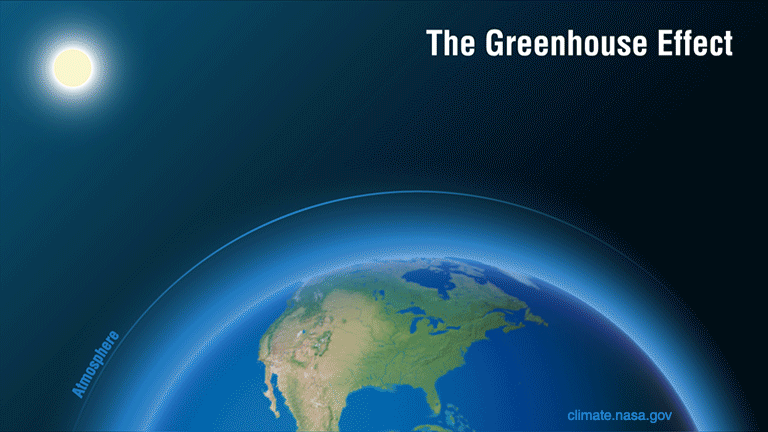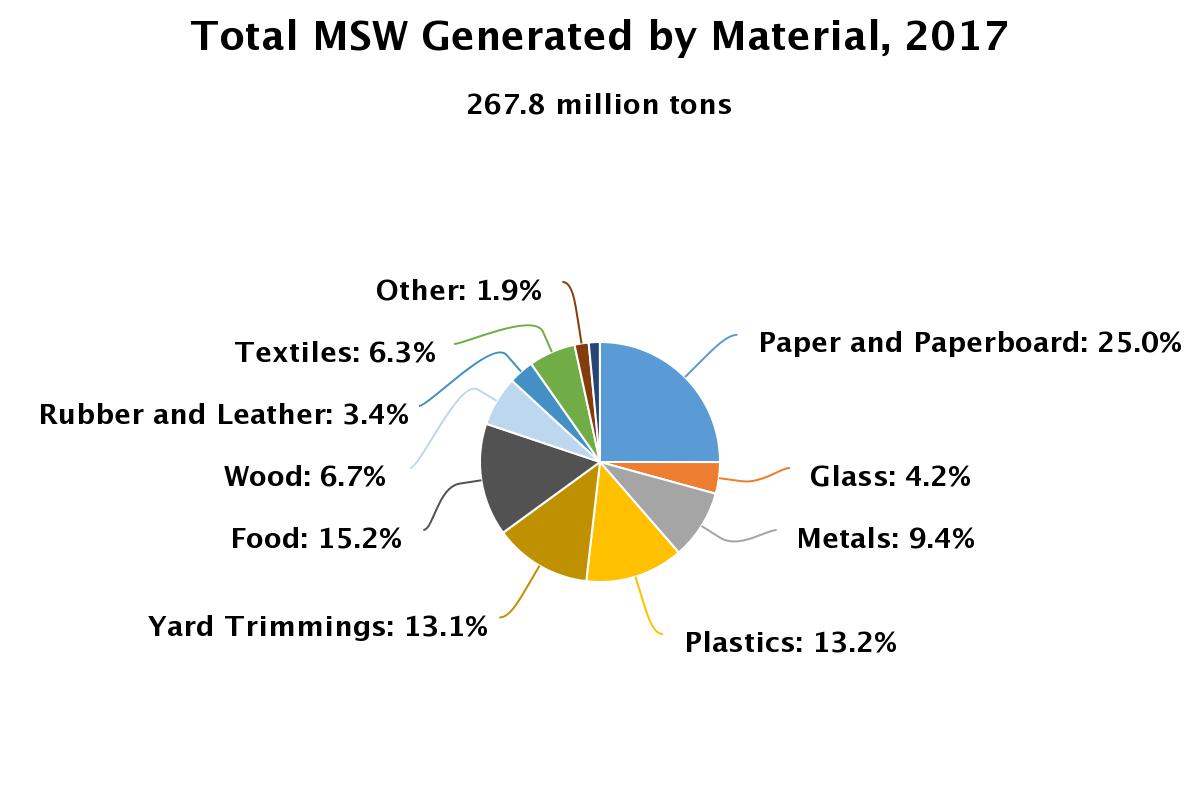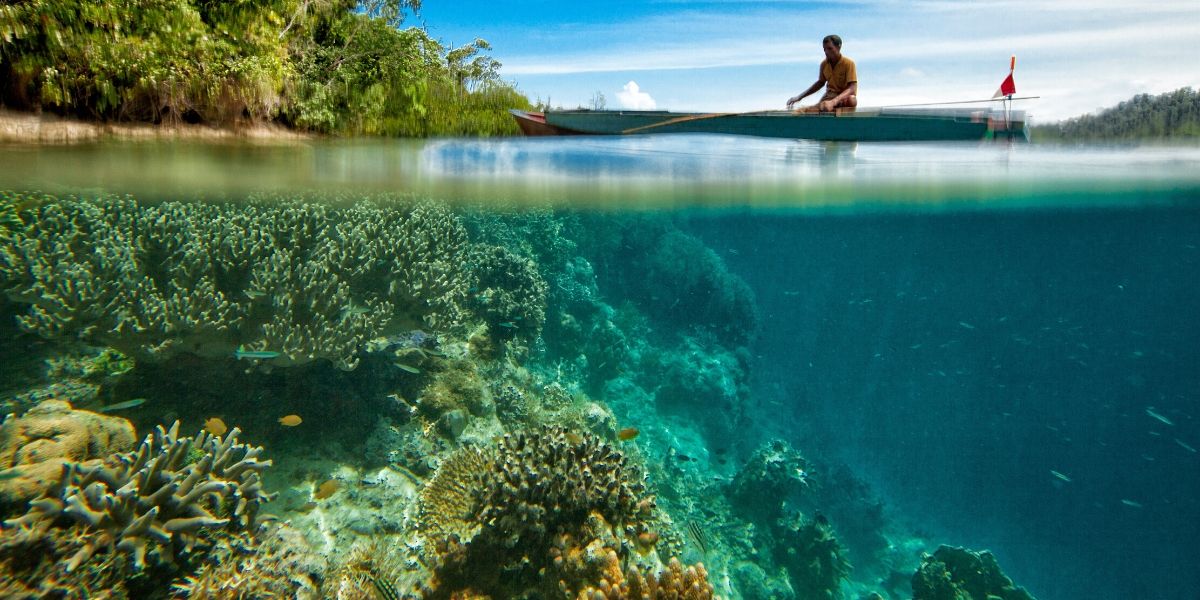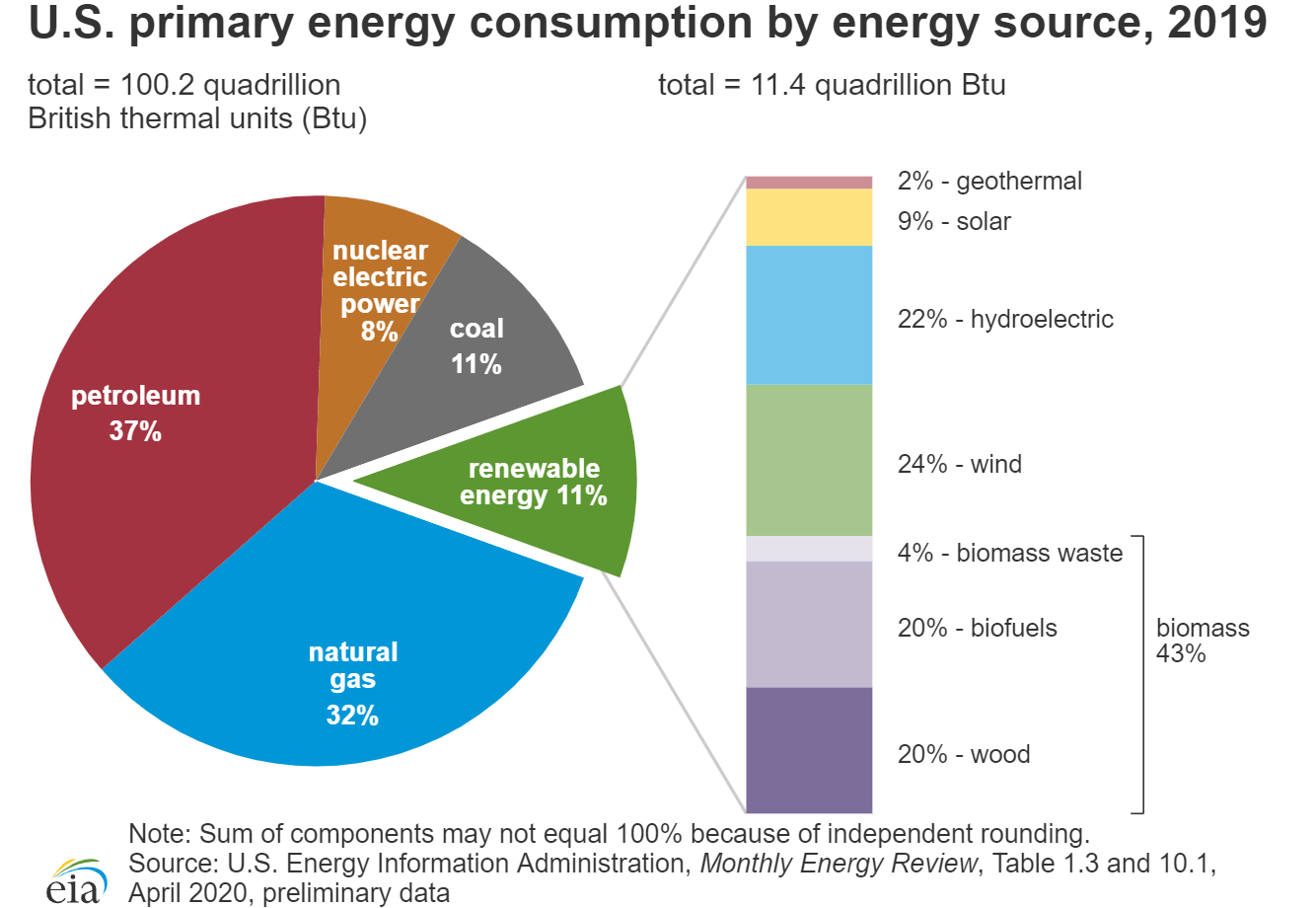If you’re searching for answers to the 10 biggest environmental problems and solutions, you might be concerned with the state of the planet today. If you’re worried, I want you to know that although the world faces major environmental problems, there are solutions. The solutions aren’t simple, and there are no magic bullets, but they exist.
There are also a lot of voices and opinions about environmental issues. So along with basic information about environmental problems and solutions, I also offer different perspectives and further reading so you can form your own opinions. Because there are many possible environmental solutions, and not even the “experts” have all the answers. So I encourage you to keep an open mind to every option. Let’s look for progress, not perfection.
I’ll write more about the UN Sustainable Development Goals below but wanted to mention these goals up-front. If you’re reading this article because you’re concerned about the environment (or maybe you’re feeling stressed or anxious about climate change) learn about the Global Goals first. The Global Goals offer a solid framework for solving environmental problems. Now, on to the 10 biggest environmental problems we face today.
10 environmental problems
These are the 10 biggest environmental problems in no particular order. Climate change is a hot topic right now so I include it first. It’s also first on the list simply because so many of the problems related to climate change are also connected to other environmental problems. Environmental problems like oil spills, deforestation, and poverty need to be solved in and of themselves. But solving these problems indirectly helps solve the problem of climate change.
There are also environmental problems like fluorinated gases that have a large impact on the climate, but not directly on our health or wealth. These problems are extra tricky because they’re expensive to solve and they get little media coverage. That’s why international laws and cooperation are especially important for solving the hardest problems.
Climate change
Climate change is a long-term change in the average weather patterns that have come to define Earth’s local, regional and global climates.”
– NASA
Climate change happens when greenhouse gases are released and trapped in the atmosphere, causing the greenhouse effect. The greenhouse effect creates a layer around the earth’s atmosphere that traps heat from the sun, making our atmosphere warmer, similar to a greenhouse.

The following greenhouse gases contribute to climate change.
- Carbon dioxide (CO2) – Carbon dioxide enters the atmosphere when fossil fuels like coal, oil, and natural gas are burned. Carbon dioxide is also released when trees and other plants are burned or cut down and through manufacturing cement. Carbon dioxide made up 81% of man-made greenhouse gas emissions from the United States in 2018 according to the Environmental Protection Agency.
- Methane (CH4) – Methane is released from fossil fuels (natural gas in particular), agriculture (cow farts and manure), and landfills. Methane made up 10% of greenhouse gases in the US in 2018.
- Nitrous oxide (N2O) – Nitrous oxide is emitted from agriculture, fossil fuels, industry, and waste-water treatment. Nitrous oxide made up 7% of greenhouse gas emissions in 2018.
- Fluorinated gases – Fluorinated gases are hydrofluorocarbons, perfluorocarbons, sulfur hexafluoride, and nitrogen trifluoride. They are man-made gases commonly used in refrigerants used for cooling air conditioners and refrigerators. These gases have a high Global Warming Potential and makeup 3% of greenhouse gases emitted in the United States according to the EPA.
Resource: Drilled Podcast: The origins of climate denial
Poverty
Poverty is indirectly linked to environmental problems. When you solve issues related to poverty you also solve environmental problems such as deforestation[cm_simple_footnote id=1], population growth, gender inequality, and climate change.
The world has been making steady progress toward ending extreme poverty for years according to the UN. The COVID-19 crisis has reversed some of the progress. But before the virus, life was better for many people around the world than ever before in history. Now, we need to deal with the crisis and get back to making progress.
Related: Population growth explained with IKEA boxes
Gender inequality
Although gender inequality is also not a direct environmental problem, solving problems like inadequate access to birth control, health services, and education has a positive impact on the economy and environment.
Education lays a foundation for vibrant lives for girls and women, their families, and their communities. It also is one of the most powerful levers available for avoiding emissions by curbing population growth. Women with more years of education have fewer and healthier children, and actively manage their reproductive health. Gender inequality is indirectly linked to environmental problems.”
– Drawdown.org
Related: Melinda Gates: Why equality can’t wait
Fluorinated gases used in refrigerants
Fluorinated gases, like the hydrofluorocarbons (HFCs) used in refrigerators and air conditioners, are considered major contributors to climate change according to Drawdown.org. The most commonly used refrigerants have a high Global Warming Potential. The Kigali amendment to the Montreal Protocol offers a timeline for phasing out refrigerants with high Global Warming Potential, but it’s essential for companies and governments to maintain their commitments.
To minimize your personal impact, make sure to properly recycle refrigerators and air conditioning units. If you’re not sure how to recycle an appliance contact your local waste management company.
Fluorinated gases have a potent greenhouse effect and are widely used as refrigerants. Managing leaks and disposal of these chemicals can avoid emissions in buildings and landfills.”
– Drawdown
Oil spills
In 2010, the Deepwater Horizon oil rig sank in the Gulf of Mexico, making it one of the most environmentally damaging oil spills in history. The spill covered over 43,300 square miles. It killed and harmed dolphins, sea turtles, fish, and a variety of organisms (source).
The environmental problems associated with oil have many layers. Not only does an oil spill kill wildlife and fishing industries, but oil is also a fossil fuel that contributes to climate change. Although oil is a necessary source of energy in every developed and developing country today, it comes with dire environmental problems.
Wasted natural resources
267.8 million tons of municipal solid waste went to landfills instead of being recycled, upcycled, composted, or used for something else in 2017, according to the EPA. That’s a lot of wasted natural resources that originally came from nature, in one form or another. In a circular economy, these natural resources would not be wasted. Instead, they could be upcycled, recycled, or used to regenerate other materials.

Plastic pollution
You’ve probably seen images of marine life drowning in plastic pollution. Maybe you’re aware of the Great Pacific Garbage Patch which is about twice the size of Texas. The people and countries with the highest income generate the most plastic waste. That’s because we can afford to buy more stuff wrapped in plastic.
Plastic pollution is a major environmental problem. Plastic comes from fossil fuels, which we need to phase out, so using less plastic is important. But ultimately solving the problem of plastic pollution may come down to improving waste management technology and creating a more circular economy for plastics.
Related: The world’s plastic pollution crisis explained

Food waste
Food waste[cm_simple_footnote id=2] is a big environmental problem. Up to 40% of food is wasted from farm to fork to landfill according to the National Resources Defense Council. There’s a lot of media coverage about how diet is related to the environment. But the majority of that coverage has to do with how individuals should eat, not how agriculture and waste management services should improve.
Instead of focusing on how individuals should change their eating habits (which is so darned hard) the answers just might lie in improving technology and holding companies to higher environmental standards. This leads me to deforestation, which is closely related to agriculture.
Deforestation
Deforestation is linked to many environmental problems, and the biggest problem is agriculture according to the Food and Agriculture Organization of the United States.
Agri-businesses should meet their commitments to deforestation-free commodity chains and companies that have not made zero deforestation commitments should do so. Commodity investors should adopt business models that are environmentally and socially responsible. These actions will, in many cases, require a revision of current policies and financial incentives.
– Food and Agriculture Organization of the United Nations
Related: Can planting billions of trees save the planet?
Ocean acidification
Ocean acidification is one of the main problems associated with climate change. It doesn’t get as much attention as other environmental problems, but it can have a major impact on ocean ecosystems.
The ocean absorbs about 30% of the carbon dioxide (CO2) that is released in the atmosphere. As levels of atmospheric CO2 increase from human activity such as burning fossil fuels (e.g., car emissions) and changing land use (e.g., deforestation), the amount of carbon dioxide absorbed by the ocean also increases. When CO2 is absorbed by seawater, a series of chemical reactions occur resulting in the increased concentration of hydrogen ions. This process has far reaching implications for the ocean and the creatures that live there.
– National Oceanic and Atmospheric Administration

10 environmental solutions
Now that you understand the environmental problems we face today, it’s time to understand the potential environmental solutions. I say potential solutions because the cause and effect from environmental problem to environmental solution is complex. There’s a word for this, it’s called dynamic complexity.
The below environmental solutions have the potential to solve different problems within a complex, dynamic, and interconnected system. But there is no magic bullet for environmental problems. So I encourage anyone interested in environmental solutions to think big-picture. Each solution is simply one piece of a giant puzzle. Again, look for progress rather than perfection.
Related: Climate solutions 101 by Project Drawdown
UN Sustainable Development Goals
The UN Sustainable Development Goals offer the best possible framework for dealing with most of the problems listed above. These are the 17 goals that almost all countries have agreed to.
- No poverty
- Zero hunger
- Good health and well-being
- Quality education
- Gender equality
- Clean water and sanitation
- Affordable and clean energy
- Decent work and economic growth
- Industry, innovation, and infrastructure
- Reduced inequality
- Sustainable cities and communities
- Responsible consumption and production
- Climate action
- Life below water
- Life on Land
- Peace, justice, and strong institutions
- Partnerships and Goals
Green innovation
Green innovation may be the most important environmental solution. People around the world are working on new technologies and solutions that could revolutionize the way we look at energy and waste. We haven’t scratched the surface yet on how humanity will solve these problems. But there’s no time to waste, and we need governments and companies to invest in research and development.
One step is to lay the foundation for innovation by drastically increasing government funding for research on clean energy solutions. Right now, the world spends only a few billion dollars a year on researching early-stage ideas for zero-carbon energy. It should be investing two or three times that much.”
– Bill Gates
Read: We need clean-energy innovation and lots of it
Affordable and clean energy
There are several different forms of clean and renewable energy. Solar, wind, and hydro energy are considered renewable energy sources. Nuclear energy, a non-renewable source of energy that contributes little to climate change, is an example of clean energy.

Electrify everything
How to make energy clean and affordable for everyone is not an easy solution to implement. However, the phrase “electrify everything” is a concept that’s fairly easy to understand. Here’s a paragraph that helped me understand how we can truly get clean and affordable energy for everyone on the planet.
“We know, or at least have a pretty good idea, how to get electricity down to zero carbon. There are options: wind, solar, nuclear, hydro, geothermal, and coal or natural gas with carbon capture and sequestration (CCS). There are plenty of disagreements about exactly what mix of those sources will be needed to get us to a carbon-free grid, and what mix of centralized versus distributed resources, and what mix of supply-side versus demand-side solutions — but there’s broad consensus that pathways to fully clean electricity exist.”
– The key to tackling climate change: electrify everything by David Roberts for Vox
Related: The Rewiring America Handbook: A Guide to Winning the Climate Fight.
Carbon taxes
You may have read statements from economists like former Federal Reserve Chairmen Ben Bernanke, Alan Greenspan, Janet Yellen, and Paul Volcker in support of a carbon tax. That’s because pollution and emissions are considered negative externalities.
By correcting a well-known market failure, a carbon tax will send a powerful price signal that harnesses the invisible hand of the marketplace to steer economic actors towards a low-carbon future.”
– Statement by economists posted in the Wall Street Journal
Related: Why Put a Price on Carbon? by the Citizens’ Climate Lobby
Conservation of natural resources
Conserving the natural resources we already have is one important environmental solution. The strategies below help individuals and companies conserve resources:
- Zero waste – Zero-waste is a way for individuals to reduce their own environmental impact by contributing less to landfills by using reusable containers and less plastic.
- Circular economy – “A circular economy is based on the principles of designing out waste and pollution, keeping products and materials in use, and regenerating natural systems,” according to the Ellen MacArthur Foundation.
- Sustainable living – Sustainable living is a general term used to describe lifestyle choices that contribute less to environmental problems.
- Recycling
- Upcycling – Creating a product of higher value from a product or material that would otherwise be thrown away. The clothes and accessories made by ZeroWasteDaniel.com is an excellent example of upcycling.
- Dematerialization – Designing products to use less materials while still creating the same value for the customer. This reduces shipping, natural resources, waste and pollution. A good example of dematerialization is TruEarth’s eco-strips laundry detergent.
Carbon capture and sequestration
Carbon capture and sequestration (CCS) removes carbon dioxide
from the atmosphere and stores it in the soil, trees, plants, or underground. CCS is considered one way to mitigate climate change.
The simplest way to capture carbon is through photosynthesis. Trees and plants take atmospheric carbon dioxide and store that carbon in healthy soil and plants using photosynthesis. But there are more high-tech ways to capture and sequester carbon as well. One way is through geoengineering.
Geoengineering is the deliberate large-scale intervention in the Earth’s natural systems to counteract climate change.
– Oxford Geoengineering Program
There are also companies that will sequester carbon for you.
Sustainable business and investing
Some businesses, like Patagonia, Interface, and IKEA, have built sustainability and resilience into the core of their companies. Others have fought against sustainability by lawyering up, using loopholes, and lying about the damage their businesses create. If we want environmental solutions, we need to support companies with sustainable business models that support progress. If you’re interested in learning more about what businesses and consumers can do, here are a few places to start:
- Doughnut Economics: Seven Ways to Think Like a 21st-Century Economist
- Genuine progress indicator
- Environmental, social, and governance (ESG) investing
- Dow Jones Sustainability Index
- Green bonds
Improved food production
The environmental problems associated with food production get a lot of attention in the media. Some environmentalists and journalists advocate for plant-based diets and veganism as a solution to the problems associated with food. Changing our eating habits may have a small impact on the environment, but there’s a much larger movement underfoot lead by farmers and entrepreneurs. Below is a shortlist of potential environmental solutions to problems associated with food production and water shortages:
- Regenerative agriculture
- Lab-grown meat
- Plant-based meat
- Verticle farms
- Precision agriculture
- Anaerobic digestion
- Water desalination
Sustainable homes
Our homes use a lot of energy to run our dishwashers, washer and dryers, and HVAC systems. And let’s not forget about all the energy we use charging our computers and watching TV. It adds up. But instead of turning off our devices, it’s possible to build more efficient homes that waste less energy and use cleaner energy sources. Although we have a long way toward making most homes sustainable, here are a few environmental solutions related to homes.
- Net Zero homes
- Home electrification
- Living Buildings
- LEED-certified buildings
- Energy star appliances
Read: The ultimate guide to solar homes

Environmental frameworks and certifications
As mentioned earlier, the UN Sustainable Development Goals offer a framework for solving most environmental problems. If you’re interested in learning more about the environmental movement, here are a few places to start.
- UN Sustainable Development Goals
- Future Fit Business – Free tools to help businesses and investors make better decisions.
- The Natural Step (TNS)
If you’re interested in buying better products, consider looking for products with these certifications.
- B Corporation
- Cradle to Cradle certified
- Design for the environment
- EWG verified

Wow this a great work. I have learned a lot. At least I can solve some environmental problems and encourage sustainable environmental conservation.